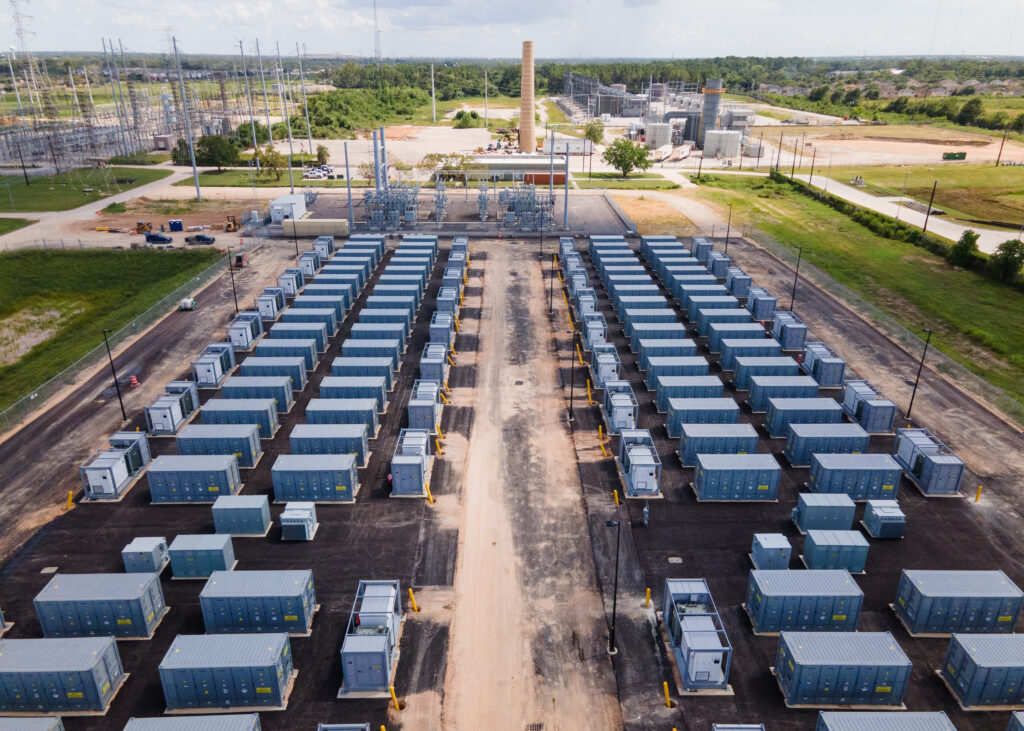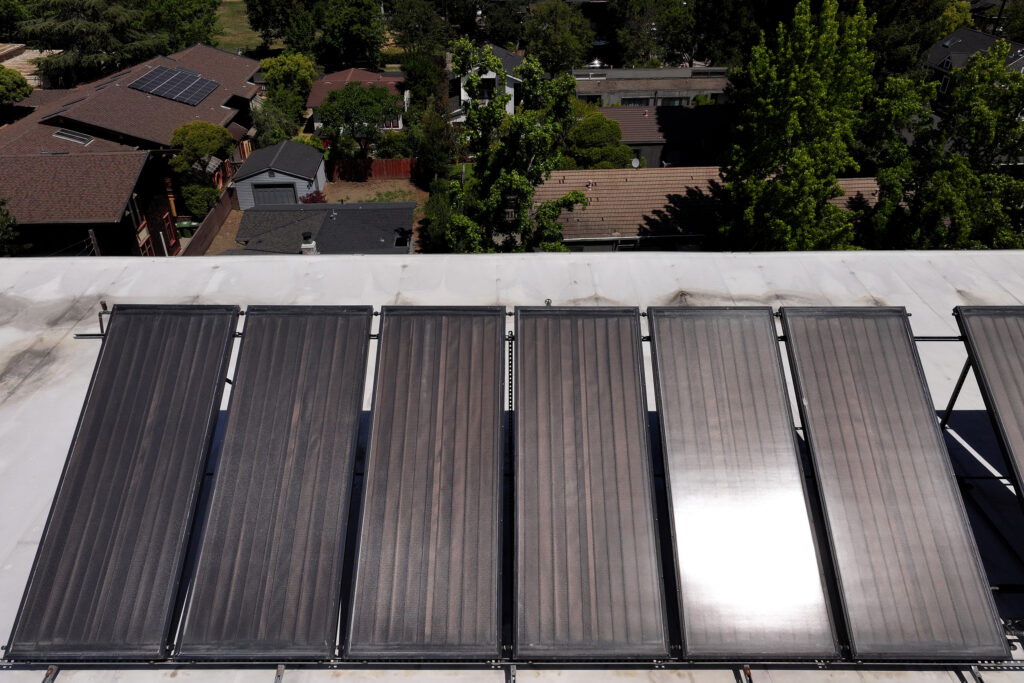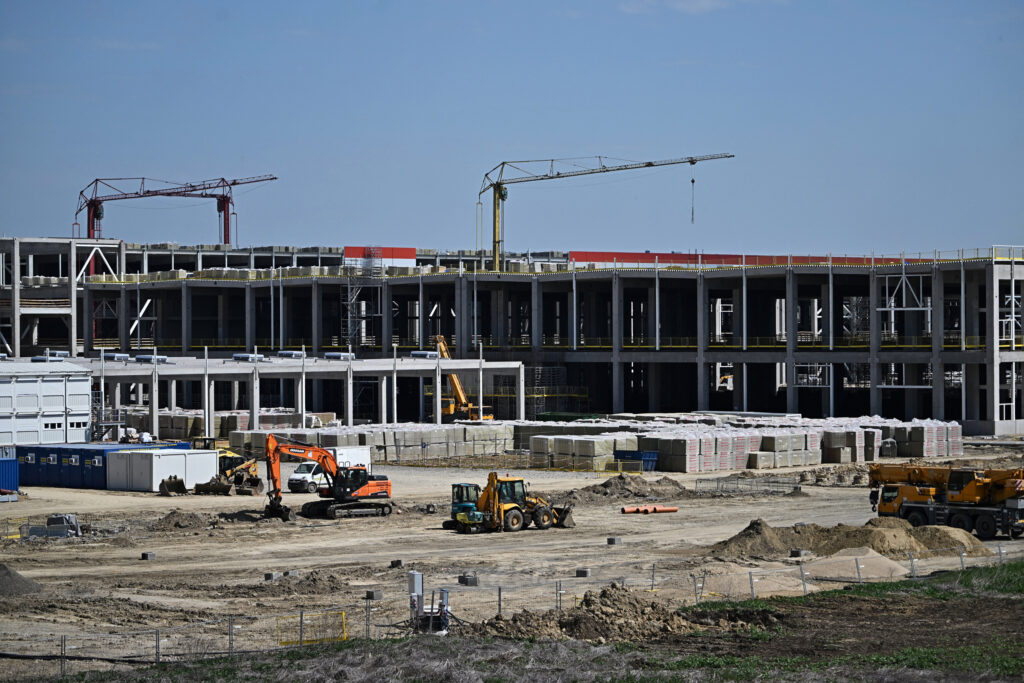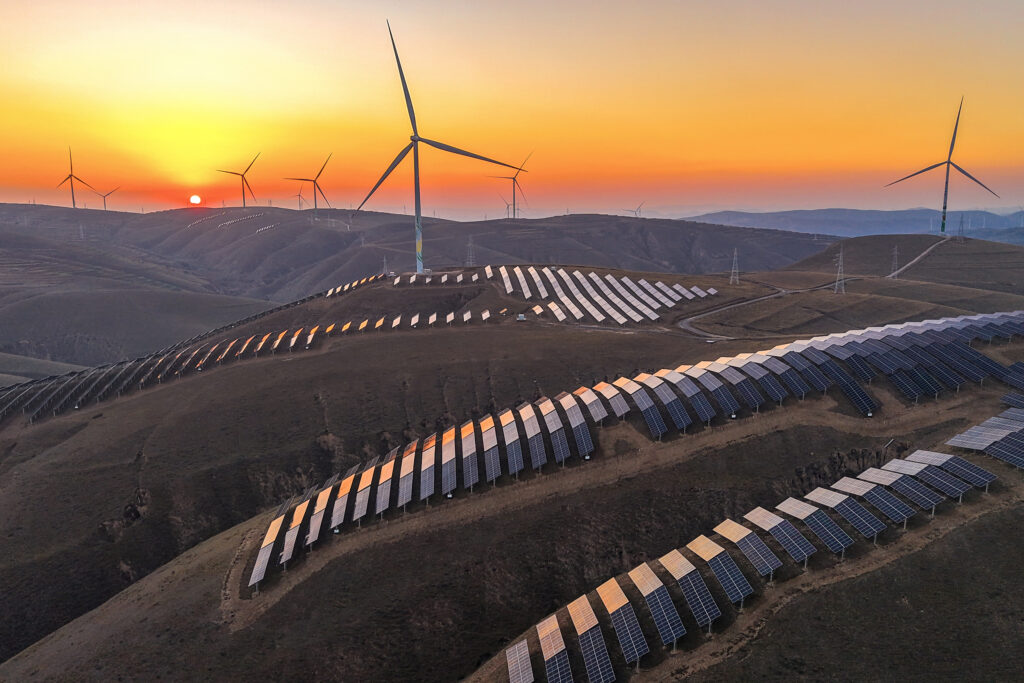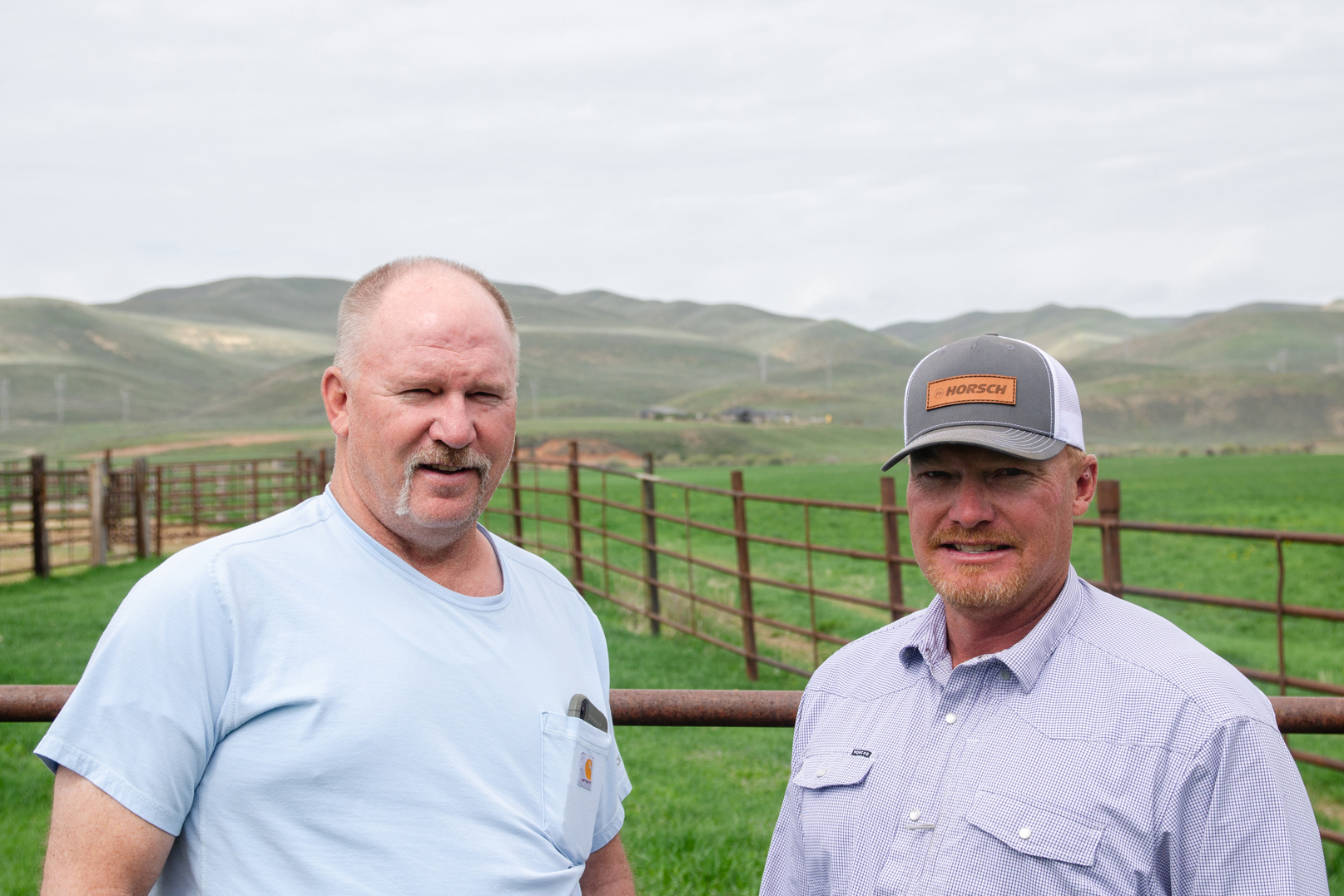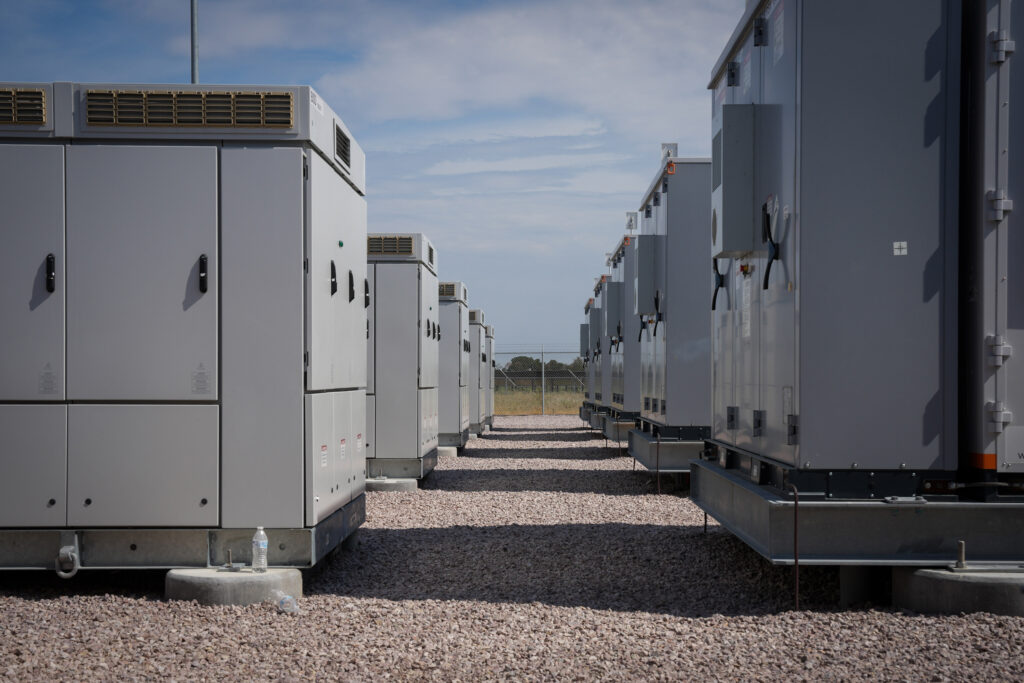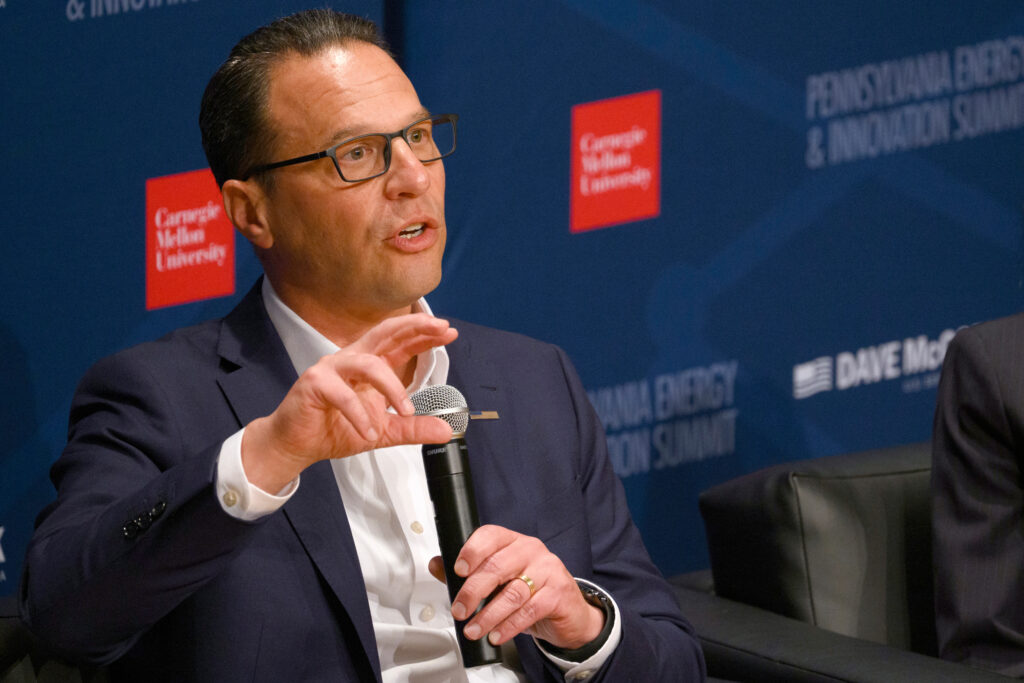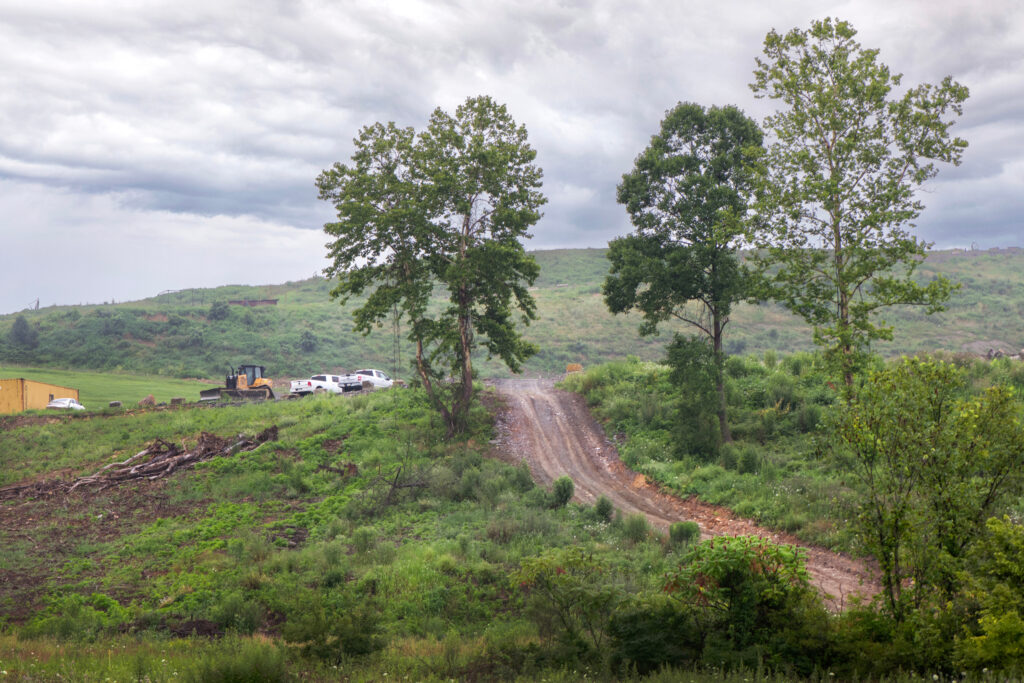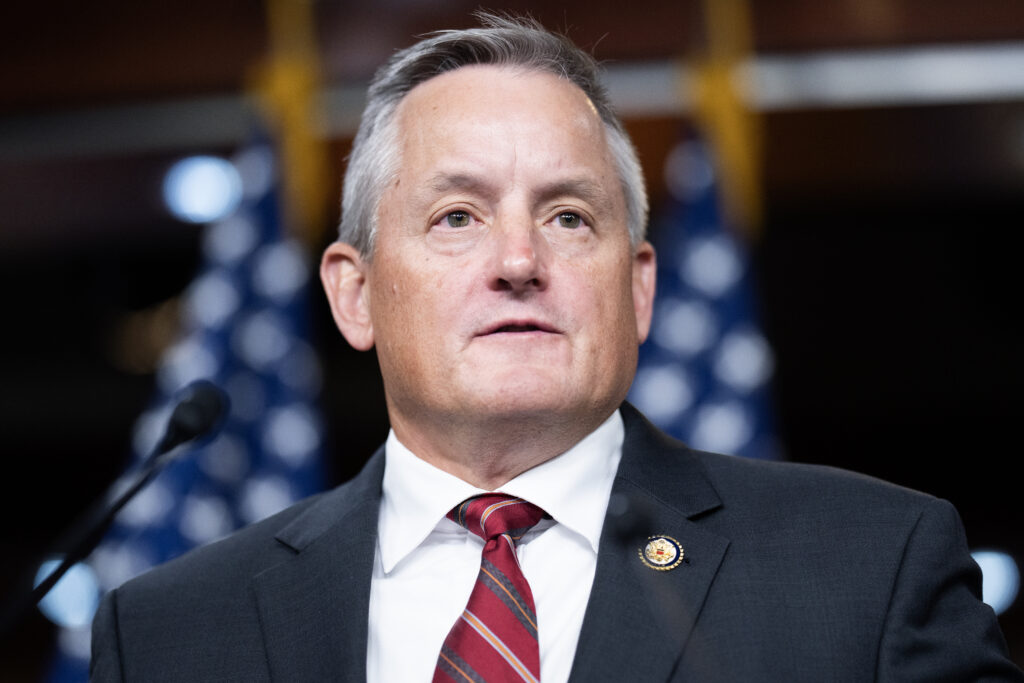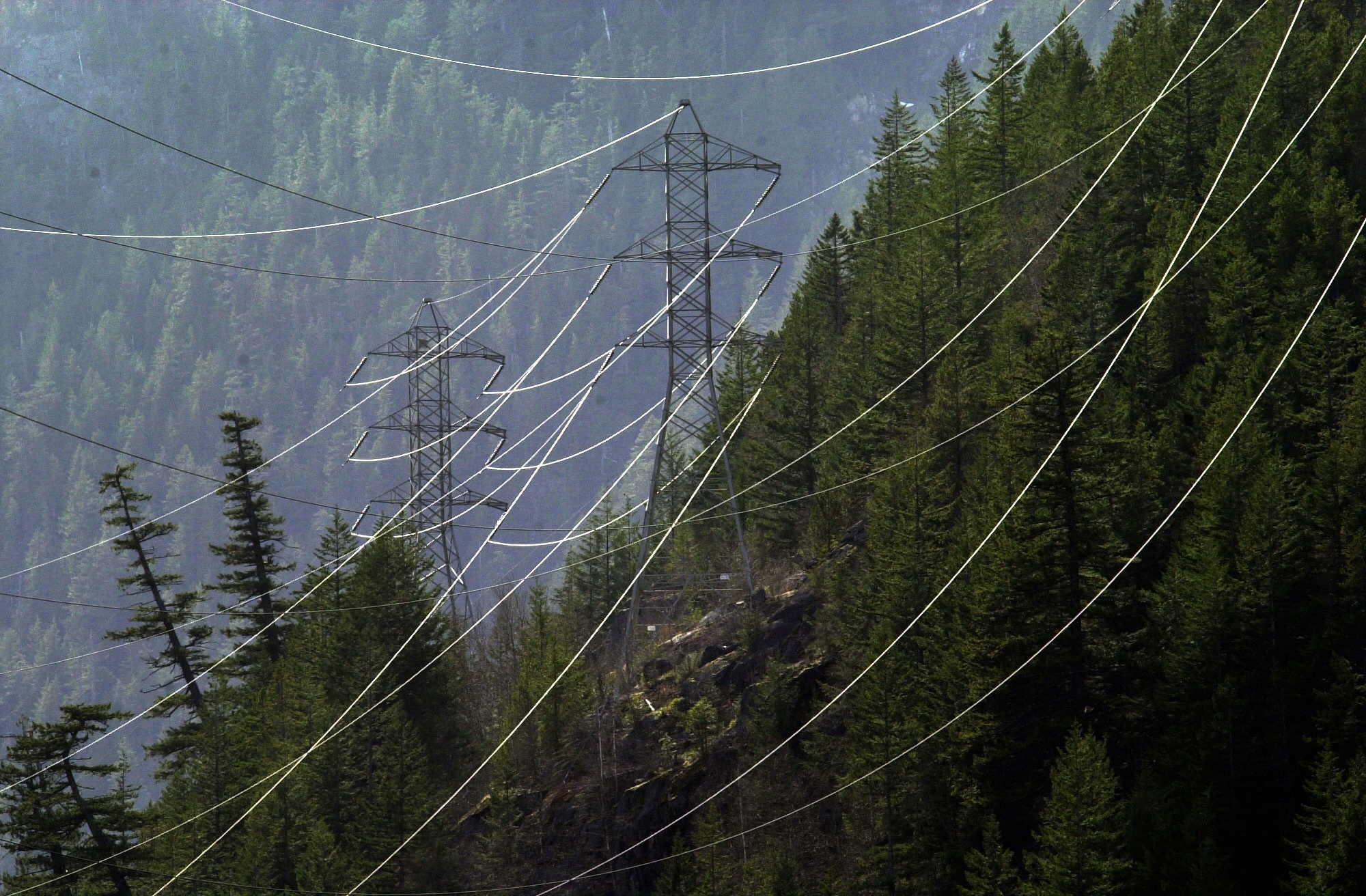A major offshore wind project south of Long Island, New York, is back on track. In April, the Trump administration ordered a stop work order on the Empire Wind 1 project, claiming it had “obtained information that raises serious issues with respect to the project approvals,” without further explanation.
But on Monday, the Bureau of Ocean Energy Management (BOEM) lifted the order, allowing construction on the $5 billion project to resume. It would be the first offshore wind project to deliver power directly to New York City.
The 1,5000 workers on the project, who have been left in limbo over the past month, are “ready to get back to work,” said Vincent Alvarez, president of the New York City Central Labor Council, AFL-CIO. “Offshore wind means a lot for American jobs, in order to help us provide for a more secure domestic energy grid. That shouldn’t be a controversial issue.”
The project was already 30 percent complete when construction was halted. Empire Wind, run by Norwegian company Equinor, will consist of 54 wind turbines that will generate more than 810 megawatts of clean energy, enough to power 500,000 homes annually. The project will be key in helping New York meet its goal of developing 9 gigawatts of offshore wind power by 2035.
BOEM and the Department of the Interior did not respond to questions from Inside Climate News about the course change. “The Department of the Interior confirms that the Bureau of Ocean Energy Management has lifted the pause on the Empire Wind Project while its review continues,” a DOI spokesperson said in an email.
Gov. Kathy Hochul may have a lot to do with the decision. Over the weekend, Hochul spoke with President Trump three times, on calls all more than an hour long, according to Paul DeMichele, a deputy communications director for energy and environment in Hochul’s office.

Hochul emphasized three key reasons Trump should allow the project to continue: First, that Empire Wind is critical for the energy sector in New York and was already being counted on as a resource; second, that it is a major job-creator and stopping work would take away union jobs from the president’s own supporters; and third, that this project has already been fully permitted for a year.
“Just by having a new administration come in and in a very partisan way eliminate it because you don’t like the technology was going to have a significant ripple effect on future investments in the states and the country,” DeMichele said.
Shortly after the stop work order, German renewable energy developer RWE, which is not affiliated with Empire Wind, announced it had stopped all its offshore activities in the U.S. due to political uncertainty.
By Sunday night, Trump agreed to lift the order. The reversal came just in time—Equinor was days away from pulling out completely or taking legal action against the federal government.
The company was reportedly losing $50 million per week since the stop work order. Equinor will now “engage with suppliers and regulatory bodies to reduce the impact of the stop work order,” the company said in an online statement. Equinor plans to bring the project online in 2027.
In response to the restart, Secretary of the Interior Doug Burgum wrote on X: “I am encouraged by Governor Hochul’s comments about her willingness to move forward on critical pipeline capacity. Americans who live in New York and New England would see significant economic benefits and lower utility costs from increased access to reliable, affordable, clean American natural gas.”
Environmental advocates expressed immediate concern that the secretary could be implying Hochul made a deal for new fossil fuel infrastructure, in exchange for Trump allowing Empire Wind to continue.
“No agreement was reached for a new gas pipeline,” DeMichele told Inside Climate News. “If you’re reading [Burgum’s tweet] as the governor changed her position on gas pipelines as a result of Empire Wind, that’s not true.”
The governor’s position has always been that she is open to any energy project, DeMichele said, as long as it goes through the appropriate legal and environmental review process. In New York, that involves examining the environmental impact and public need for a project.
“There are clear federal and state laws governing the permitting of these projects that are in place for very good reasons to ensure that the public’s interests are protected and those processes need to be followed,” said Moneen Nasmith, a senior attorney at Earthjustice.
For now, said Ted Kelly, director and lead counsel for U.S. clean energy at the Environmental Defense Fund, “It is definitely helpful to see this project restarted and that the administration isn’t going to hold the most extreme position of stopping every project and being unwilling to move on that.”
But numerous wind projects are facing obstacles. Attorneys general from 17 states and the District of Columbia are suing the federal government for pausing approvals, permits and loans for both offshore and onshore wind projects.
“Unless the Trump administration reverses a number of those actions quickly, I think it’s very important that the courts step in and say that a president can’t, without any justification, completely stop permitting for an industry,” Kelly said.
About This Story
Perhaps you noticed: This story, like all the news we publish, is free to read. That’s because Inside Climate News is a 501c3 nonprofit organization. We do not charge a subscription fee, lock our news behind a paywall, or clutter our website with ads. We make our news on climate and the environment freely available to you and anyone who wants it.
That’s not all. We also share our news for free with scores of other media organizations around the country. Many of them can’t afford to do environmental journalism of their own. We’ve built bureaus from coast to coast to report local stories, collaborate with local newsrooms and co-publish articles so that this vital work is shared as widely as possible.
Two of us launched ICN in 2007. Six years later we earned a Pulitzer Prize for National Reporting, and now we run the oldest and largest dedicated climate newsroom in the nation. We tell the story in all its complexity. We hold polluters accountable. We expose environmental injustice. We debunk misinformation. We scrutinize solutions and inspire action.
Donations from readers like you fund every aspect of what we do. If you don’t already, will you support our ongoing work, our reporting on the biggest crisis facing our planet, and help us reach even more readers in more places?
Please take a moment to make a tax-deductible donation. Every one of them makes a difference.
Thank you,




